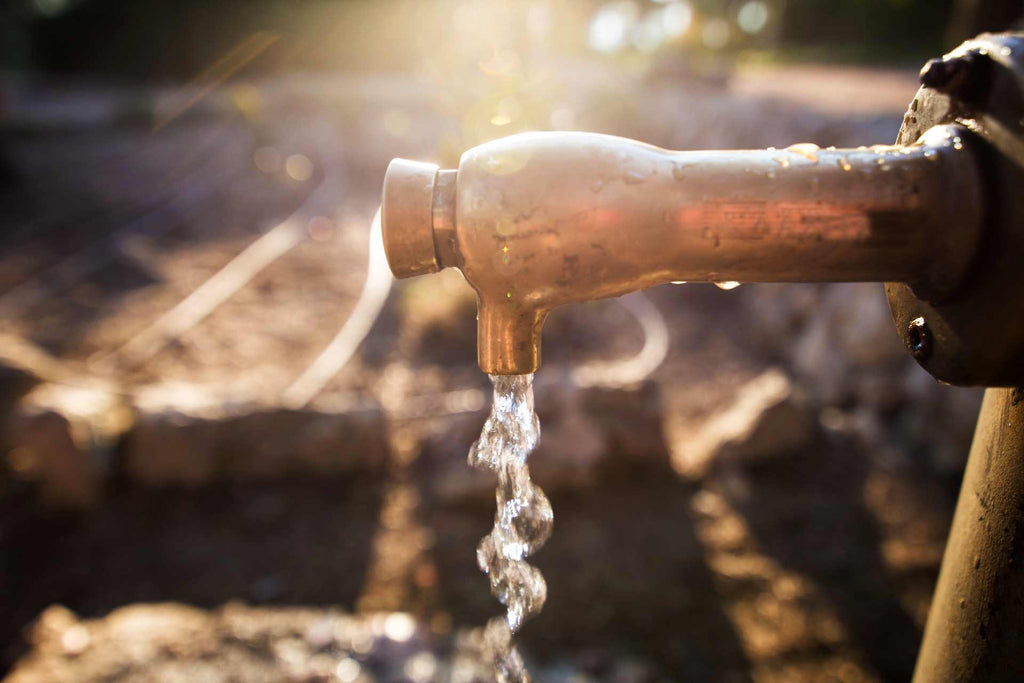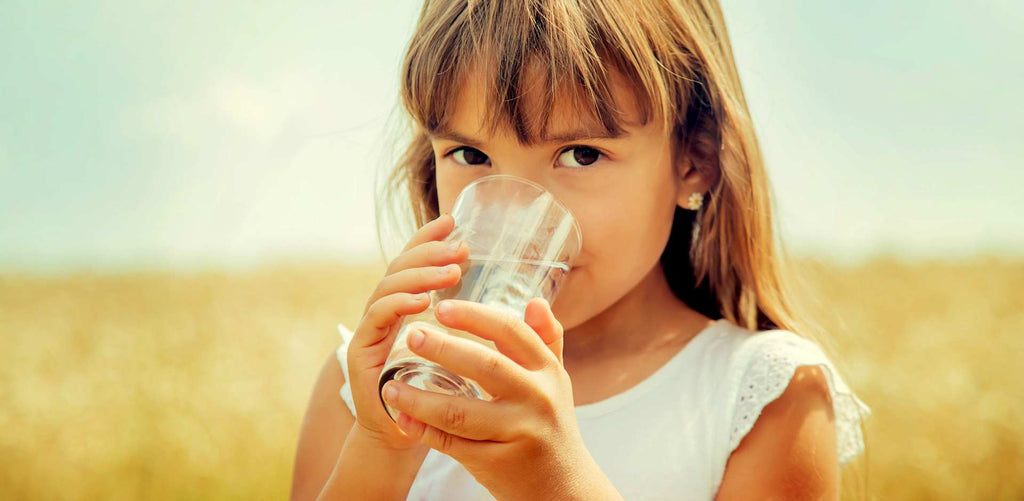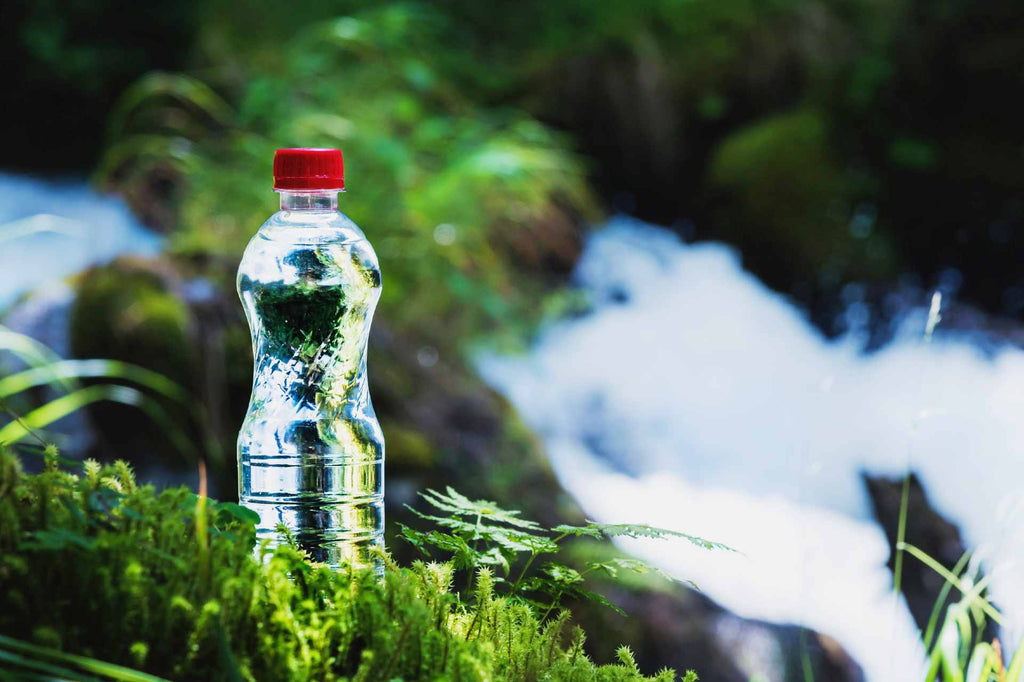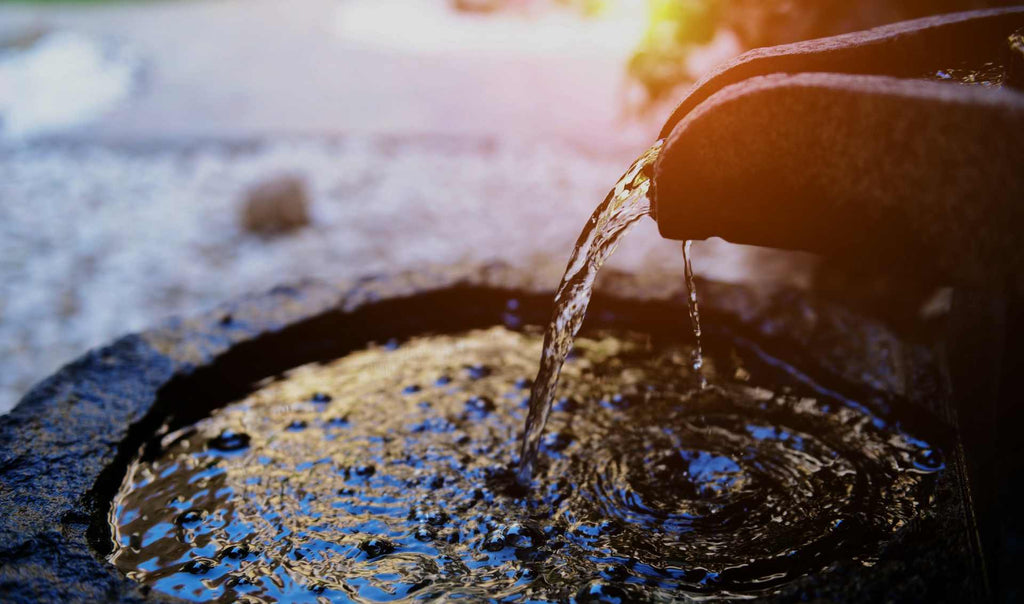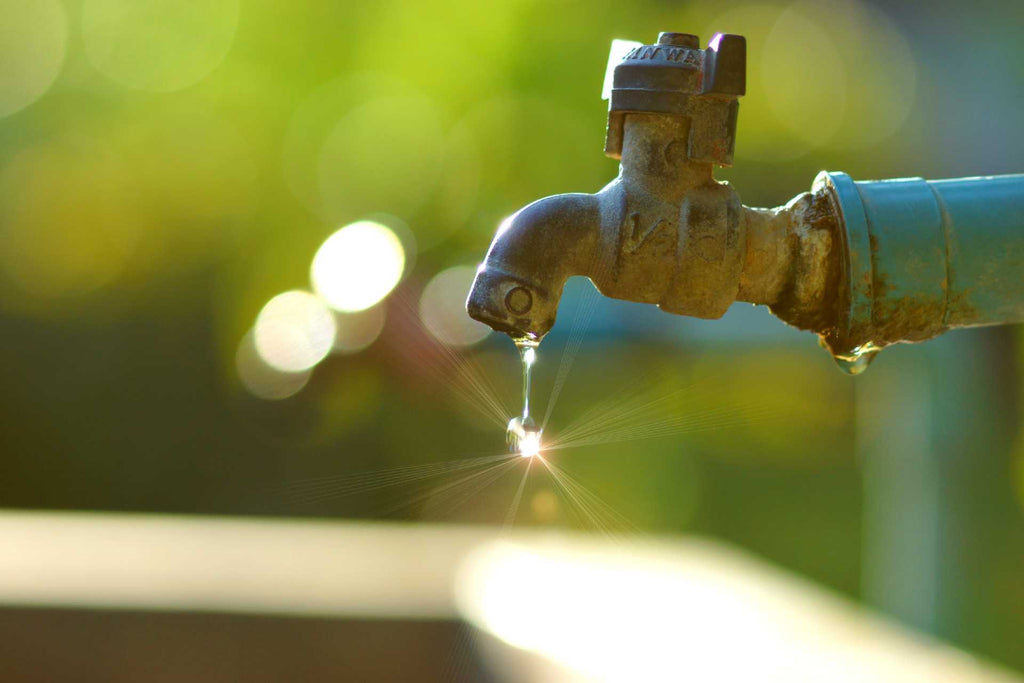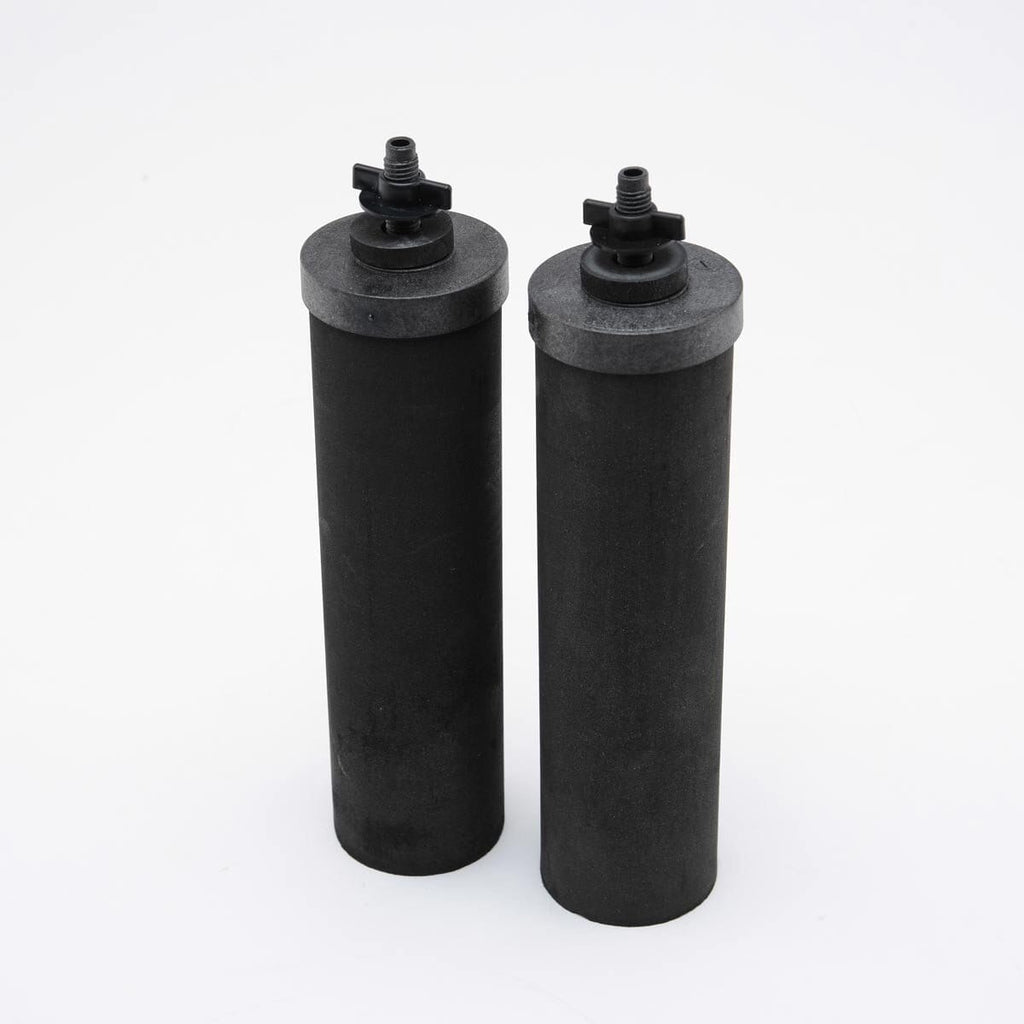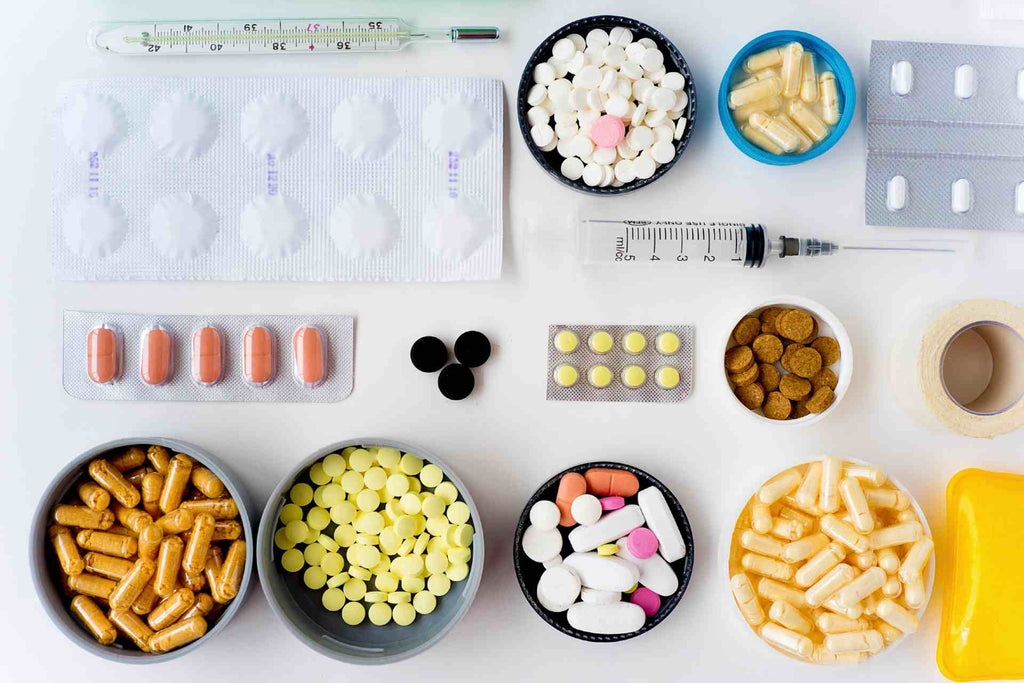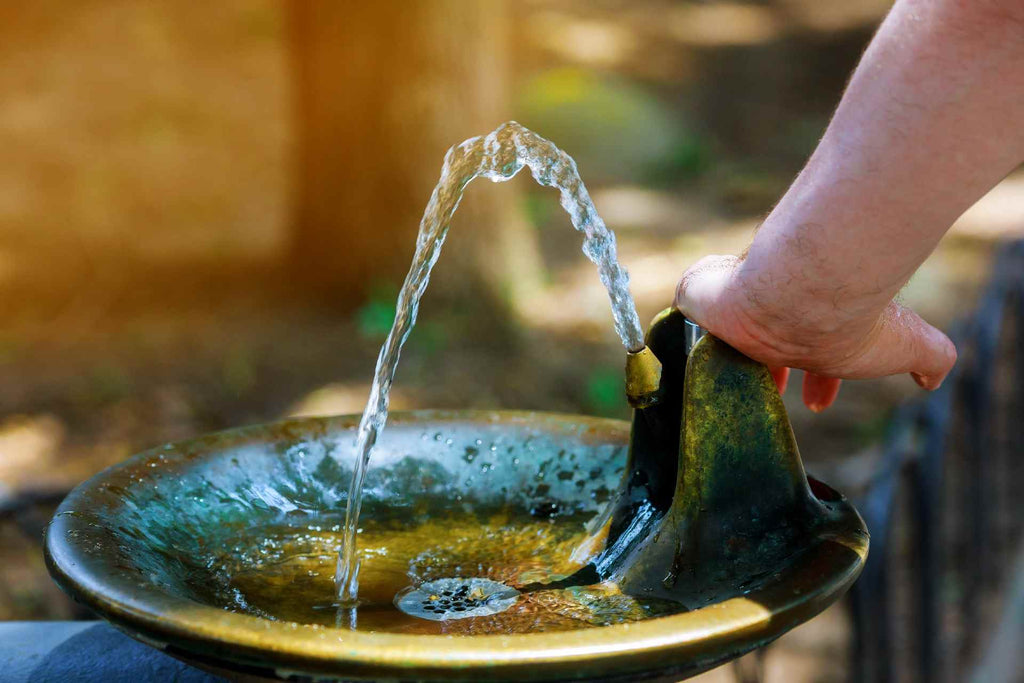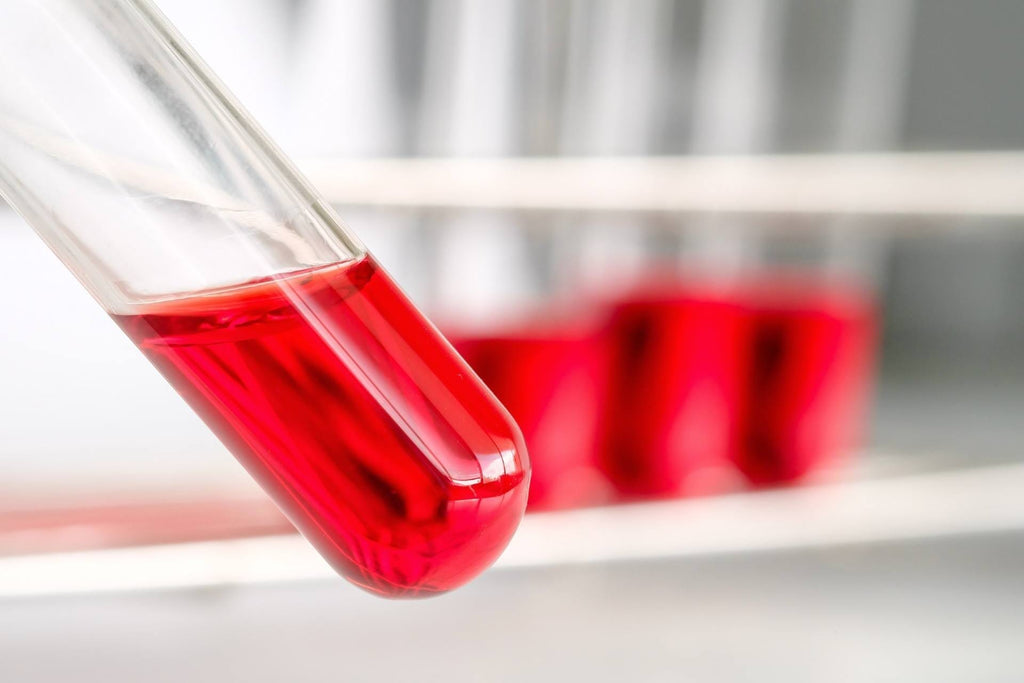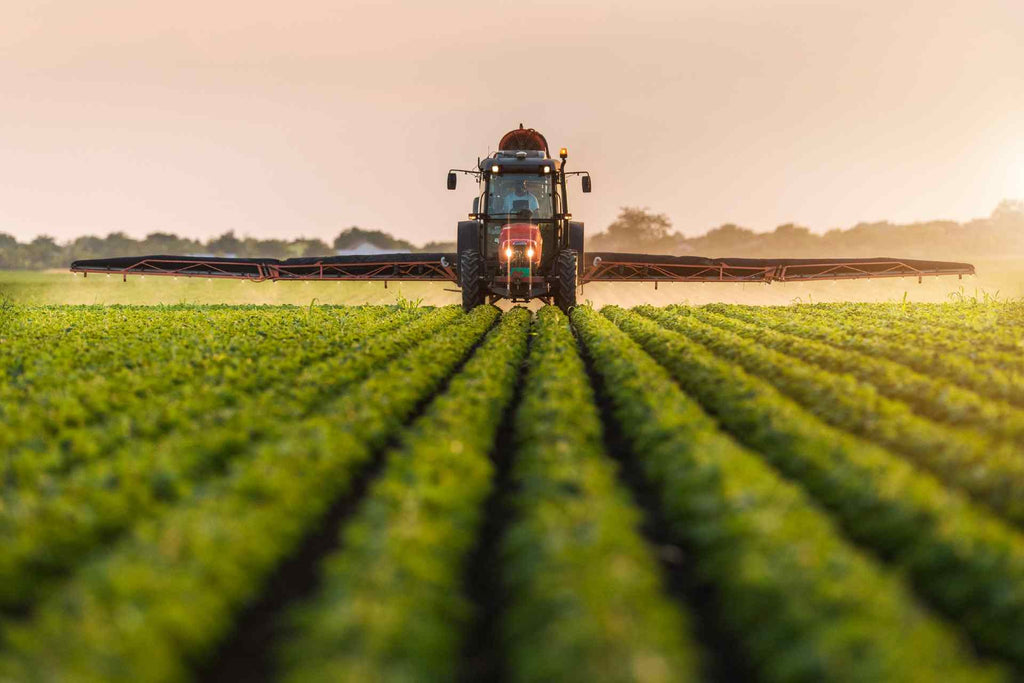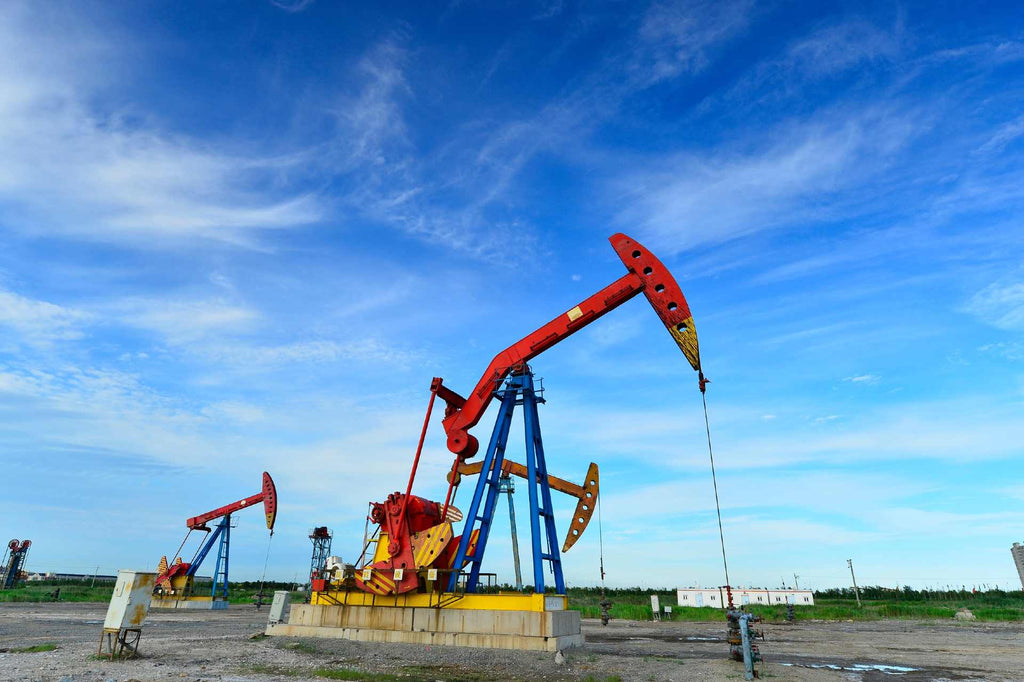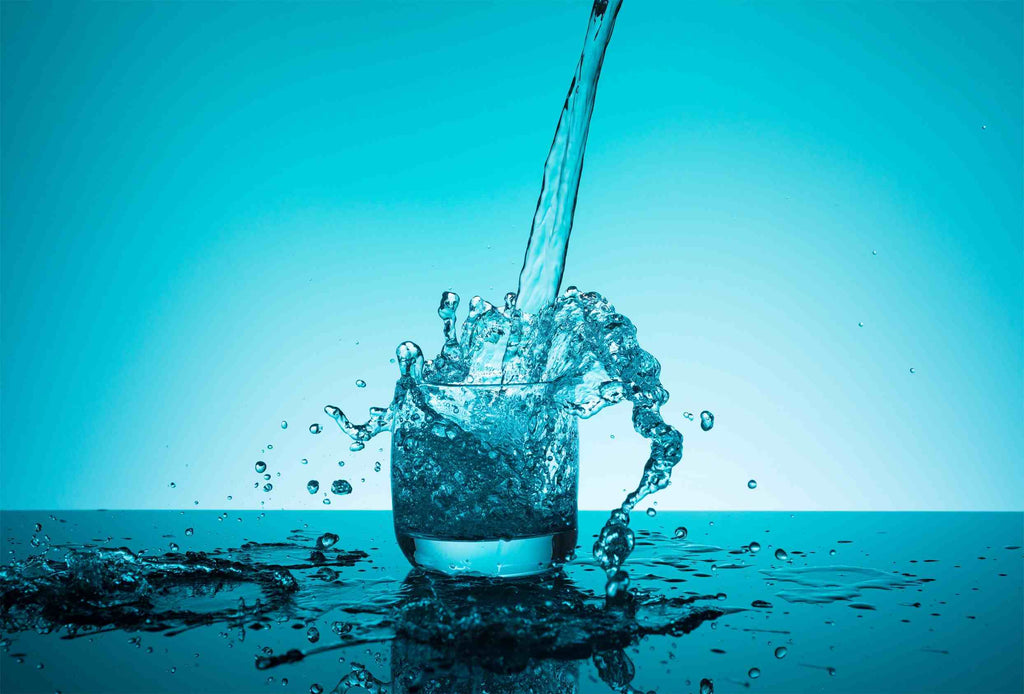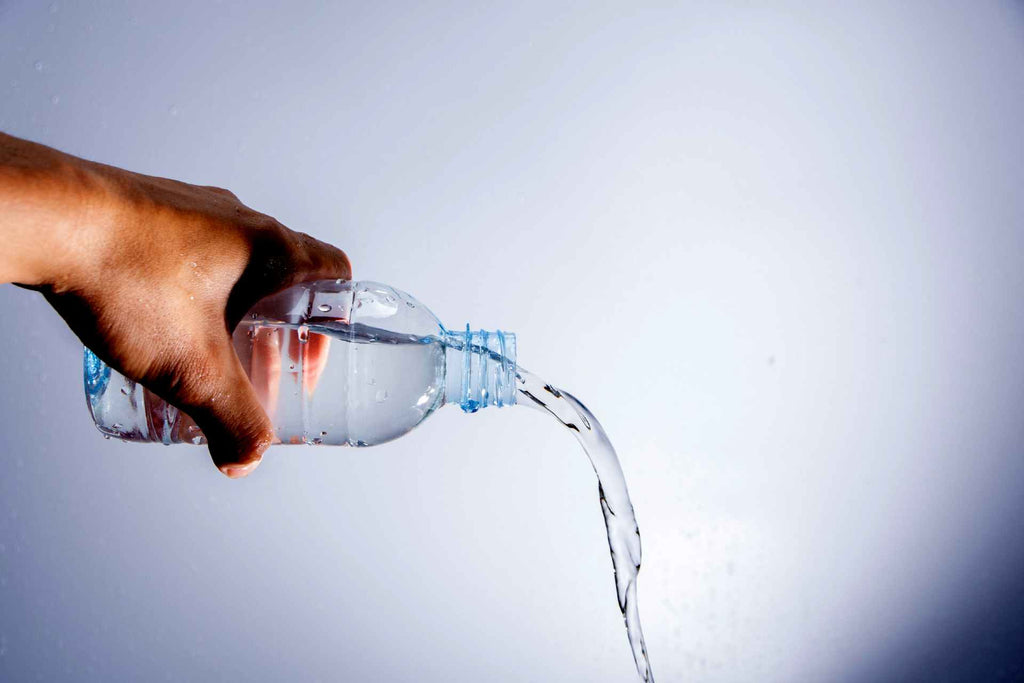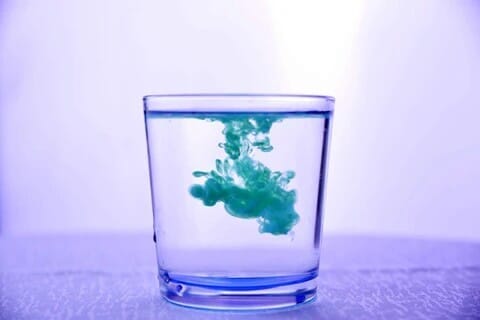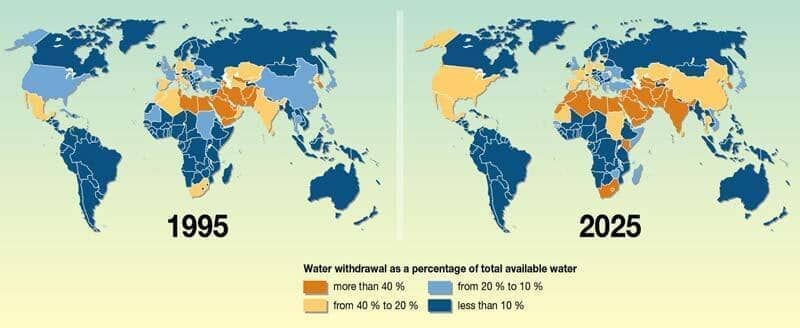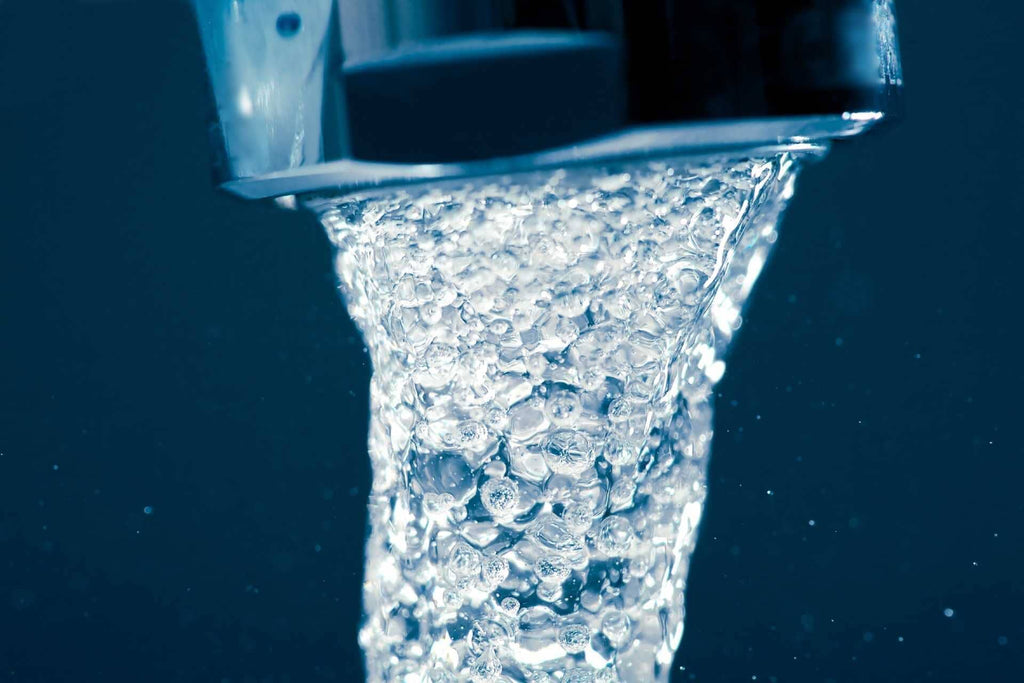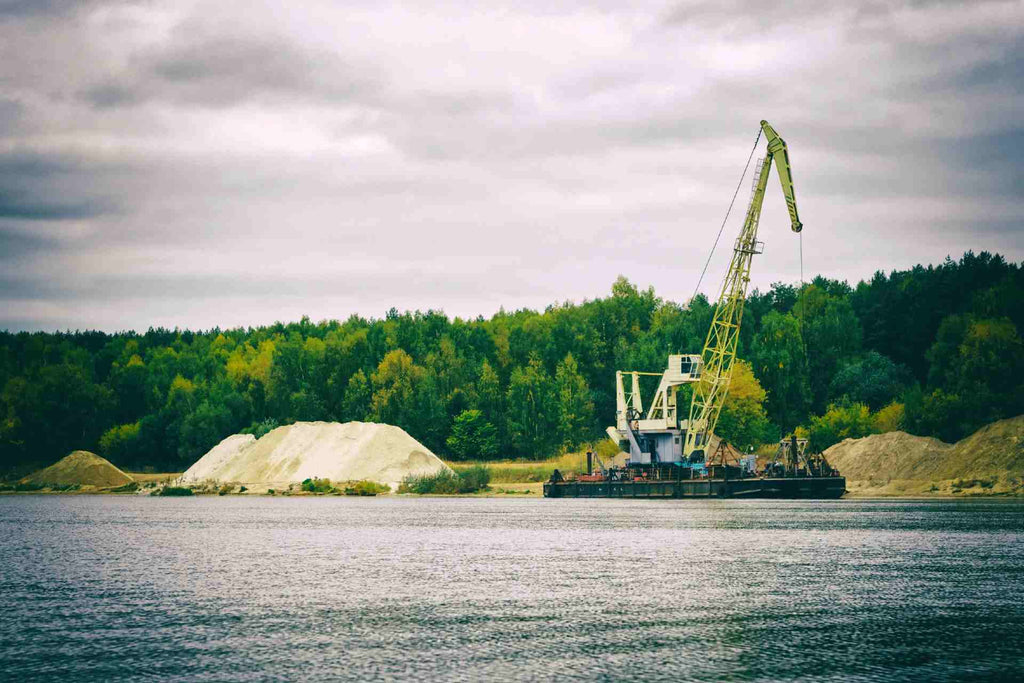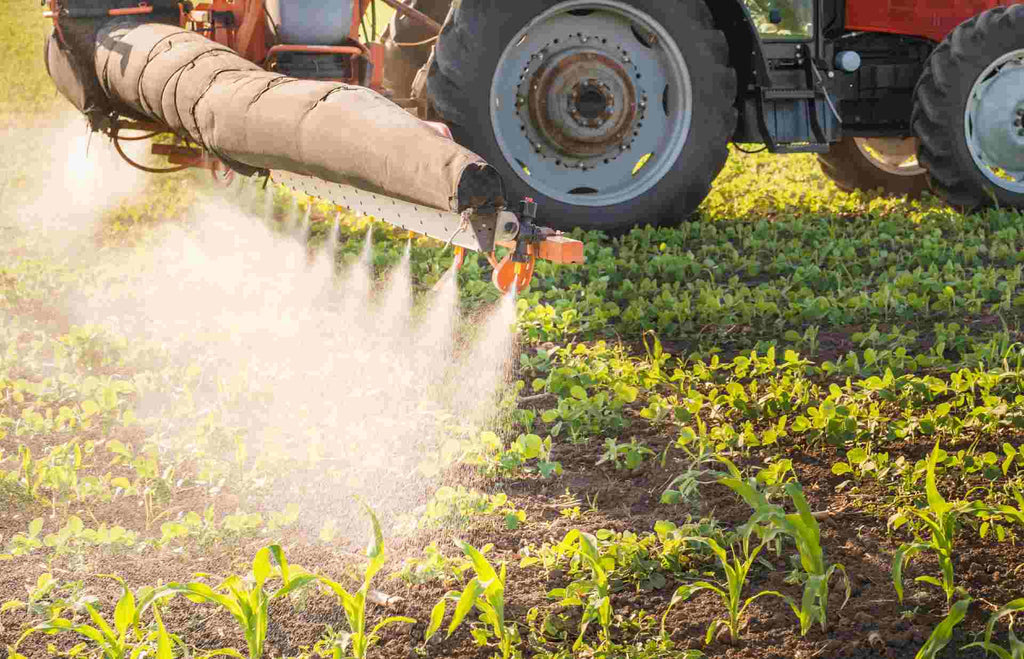All About Water - Water Quality, Water Filter, Water Resources and Issues
The Difference between Nitrites and Nitrates and How They Affect Our Health
Nitrogen is important for plant and animal life and can take various forms. The most widely recognized type of nitrogen found in well water is Nitrate. Wells with an undeniable level of nitrates are bound to be privately owned, shallow, and influenced by human activity. What are Nitrites and Nitrates? Let us first define the two. Nitrate (NO3) Nitrate is a compound formed when nitrogen combines with oxygen. It is colorless and odorless; nitrate typically enters drinking water in trace amounts. Low levels of naturally occurring nitrate are typical. Nitrate is highly soluble in water, making it readily transportable...
Safe Drinking Water Standards Set by SDWA
The Safe Drinking Water Act was launched in 1974 and amended in 2016. It was made to ensure public safety in the district's drinking water distribution. The government uses suitable treatments to control and eradicate contaminants for public safety consumption, which is considered one of our basic needs because it comprises almost 78% of the human body. Unfortunately, many water sources are around us, but they contain naturally occurring contaminants and toxic chemicals that are dangerous to public health. Water contains healthy minerals and some waterborne contaminants, such as vinyl chloride, cadmium, copper, and lead. Some are naturally occurring,...
Volatile Organic Compounds (VOCs) in Drinking Water
Water is already an organic compound that we need to help us do what we want. We all know that the main function of water is to keep us hydrated as we do our day-to-day activities. We are not fully aware of the vitality of water to our bodies for us to do certain tasks in our lives, whether simple or complex. Primarily, indeed, water keeps us hydrated, and not only that, one of its functions is to help deliver oxygen throughout the body, and without oxygen, we wouldn’t be alive today. It also aids in brain...
How to Know if Your Water is Contaminated
Water is mainly composed of the body, which is why it is necessary for everyday life. It is one of the most powerful natural sources because it gives power and energy to the body's systems, enabling them to perform their daily activities. Other experts say eating fruits can also help improve the body's system. Yes, it is true. But what exactly do you do after eating? Drinking water because this fluid intake pushes down the food we digest. People nowadays are very practical. Some, especially children, are afraid of going to the doctor when they become ill because they...
Does Berkey Water Filter Remove Iron From Drinking Water?
Iron is a chemical element and the first metal in the transition series. It is the most common element on Earth as it forms its outer and inner core. Iron's chemical symbol is Fe, and its atomic number is 26. It plays a major role biologically and pathologically and is practically found in all living organisms. Our bodies need iron for many purposes. It helps our muscles use and store oxygen, which can help alleviate fatigue. It is also part of enzymes and metabolizes protein. However, its most important role is in the hemoglobin in our blood, which distributes oxygen throughout...
How do the Black Berkey Filter Elements work?
Several methodologies are used to produce the Black Berkey Filter purification elements. MICROFILTRATION The first line of defense is that Berkey elements comprise a proprietary formulation of more than six different media types, all constructed into a very compact matrix containing millions of microscopic pores. These pores are so small that they produce what we refer to as a “Tortuous Path” that dramatically reduces trihalomethanes, inorganic minerals, heavy metals, pharmaceuticals, pesticides, VOCs, petroleum products, perfluorinated chemicals, rust, silt, sediment, radiological, and more. These paths are so small that pollutants cannot physically pass through them and become trapped, eliminating them from...
What are Pharmaceuticals and How Can They Contaminate Our Drinking Water?
Pharmaceuticals are natural or synthetic drugs chemically designed or created to treat, inhibit, or alter diseases found in humans or animals. Pharmaceuticals can be therapeutic drugs prescribed by doctors, over-the-counter drugs, or veterinary drugs and animal feeds. When excreted by the animal or human body through urine, feces, or saliva, these drugs can contaminate drinking water. How? When an individual or patient takes these chemicals and improperly disposes of these drugs, drugs are thrown into the toilet and excreted through urine. Fecal wastes can contaminate drinking water through the sewage. Also, animals that have had these chemicals introduced for...
Arsenic in Drinking Water - All about Arsenic and Its Sources
We all know that arsenic is a poisonous chemical capable of killing not only animals and pests but also humans. Arsenic is a metalloid that can be organic or inorganic in composition. Organic arsenic is naturally found in Mother Nature's environment. At the same time, inorganic arsenic is produced by humans and human waste materials, such as chemicals and metals. Inorganic arsenic is the most toxic and lethal chemical compared to organic arsenic because it is produced by humans combined with other poisonous chemical compounds. However, both inorganic and organic arsenic are toxic, regardless of the perspective. Organic arsenic is naturally found...
How to Do the Berkey Water Filter Red Dye Food Coloring Test
The Black Berkey Filter Purification elements are powerful enough to remove red food coloring from water. Performing a red food coloring test on your Black Berkey Filters allows you to ensure that your system operates properly. GUIDELINES We recommend performing this test upon first use and every three to six months to ensure the Black Berkey Filter Purification elements work properly. The red food coloring test is only designed for the Black Berkey Filter Purification elements, not for ceramic or other filter elements that do not filter out food color. It is also not recommended for the Sport Berkey water bottle. Please make sure...
The Effects of Atrazine in Drinking Water to Human Health
Atrazine is a chemical that significantly contaminates water. This herbicide is frequently used on corn, sugar cane, sorghum, non-specific herbicides, and other crops on industrial sites. Atrazine is widely used today because it effectively reduces crop loss due to weed interference. Furthermore, it eliminates inter-row cultivation in sorghum and other crop fields. Because of its popularity and well-renowned components, it has become a concern to water suppliers. Thus, manufacturers ensure the oil does not strongly absorb a long half-life of 60-100 days. Atrazine controls weeds and is non-toxic to animals. The reason is that it impedes photosynthesis in vulnerable...
Dangers of Fracking Chemicals in Water
Fracking, or hydraulic fracturing, involves injecting or drilling fluids into the earth at high pressure to release the gas inside. This process fractures earth elements to discharge natural gas. More than 600 chemicals use fracking unsolidified components like carcinogens and toxins. These are lead, uranium, mercury, ethylene glycol, radium, methanol, hydrochloric acid, and formaldehyde. Fraction fluid is injected into the ground with pressure through a drilled pipeline. Some companies use fracking waters to resist divulging fracking waters, assuming that being informative is proprietary. Some companies use fracking to remove billions of crystal-clear water from the...
Health Effects of Mercury in Drinking Water
"Health is wealth." This is a common saying that we hear everywhere. Nowadays, health is becoming an issue in society. Many people, especially young ones, don't pay attention to their health because they think that if they are young, they can't be contaminated by diseases. However, mercury in drinking water is an issue, and many people wonder about the effects of mercury exposure on their bodies. Mercury is an element (symbol: Hg) in our environment known as quicksilver. Mercury is used in laboratory apparatuses like thermometers and barometers. Mercury is also used to produce sodium hydroxide as a liquid...
Chromium 6 in Drinking Water and How to Remove
Little do you know that the drinking water you consume is rich in toxic chemicals that can cause harm to you and your family. Though it is indeed true that water gives you life, what would you do when you know that it can also be the cause of your slow death? Even the water you think is safe might cause illnesses. Certain chemicals can contaminate drinking water, making it dangerous to health. Those chemicals were improperly disposed of and leaked through the public water supply. Some of these chemicals are naturally occurring in the environment, while others are products...
What are the Causes of Turbidity in Water?
Turbidity in water is mainly caused by human activities in certain industries, such as mining and agriculture, which move particles into the water and mix them with water. Those can be mud, sand, or other waste materials in the changing environment. However, a certain particle is a natural flora of water, especially seen in seawater and oceans, and can be found in freshwater. This particle is known as phytoplankton. Phytoplankton is a type of tiny plant that drifts or floats through different bodies of water. This plankton is so small that it can only be seen using a microscope. Phytoplankton varies...
Preparedness Checklist - Are You Ready for Upcoming Disasters?
When the time comes, will you be ready? Are you prepared for the worst? A lot has happened. Lately, numerous disasters have occurred. Perhaps, luckily, you haven’t been a part of that. But what if the time comes and it’s your turn? Do you have the necessary equipment and supplies to keep you and your family safe? Numerous disasters occur worldwide daily, including fires, earthquakes, floods, and other natural disasters. Being prepared in times of emergency is a must for all individuals. Being prepared and ready can help save our own lives and those of others. But how...
How to Purify Camping Water - Best Ways to Purify and Filter Water
Never think that water on the campground is clean and safe to drink. Waters in rivers, lagoons, lakes, and springs may look transparent and crystal clear, but they also comprise bacteria and viruses that can cause diseases and illnesses. In today's generation, campers or explorers fetch water everywhere without knowing its risks when consumed. They said that their bodies are already immune to drinking camping water. Yet, this is not a good enough reason, for health should always be a number one priority. To ensure the safeness of campground water, there are three ways to purify it: Boiling Water Boiling...
Water Pollution Facts: The Cost of Contamination
Drinking Water: A Most Precious Resource The Earth is 75% water, of which only 2.5% is non-saline. Of this, only 1% is accessible for human use and consumption. The rest are in cold places that receive snow all year, like Antarctica and Greenland, in glaciers, which can be found in the same area, and in icebergs, which mostly traverse the North Atlantic Ocean. This leaves a mere 0.025% of the Earth's total water accessible to humans, and this figure still includes polluted rivers, lakes, and streams. If all the water in the world were set to a scale of a...
Heavy Metals like Manganese, Cadmium, Copper, Zinc and Irons in Drinking Water
Various metals are present in our surroundings. Some are caused by natural environmental flora, some by human waste, and most of the time, some by pollution. Heavy metals are a relatively similar group of metals with everyday uses. While they can be notably toxic to health, some are essential and vital in many aspects of life. Though it has no exact meaning in chemistry, heavy metal is used to describe it using quantitative criteria that measure heavy metals' atomic weight, atomic number, and density level. Some heavy metals, such as manganese, cadmium, copper, zinc, and iron, have essential benefits for...
Sediments Water Pollution: How Sediments are Formed
How Sediments are Formed and the Different Kinds of Sediments Found in Water It may be caused by natural floras of water found in seas, oceans, lakes, waterfalls, and many more, or it can be caused by human activities that disrupt the natural state of water and create turbidity, thus forming sediments in the water. Sediment is a matter or substance that settles at the bottom of any liquid. Human activities, such as mining, agriculture, artificial chemicals, and waste materials, can mix various particles with water. These particles sometimes settle at the bottom without interrupting the water's natural state. Sediments,...
What is a Pesticide and What are Its Uses?
Pesticides are one of the volatile organic compounds found in the environment. Volatile organic compounds are rapidly evaporating chemicals that man creates. Other volatile organic compounds include gasoline, kerosene, thinners used in paints, insecticides, and even arsenic. Pesticides are commonly used to kill or control pests. A pesticide is chemically designed to kill pests, though not to a specific species, but is toxic enough to kill a human being. Pesticides are formulated to be Active or Inert. Active pesticide ingredients are chemical ingredients that directly kill pests, and inert pesticide ingredients aren’t thoroughly tested, unlike active pesticides. Inert pesticides are...

